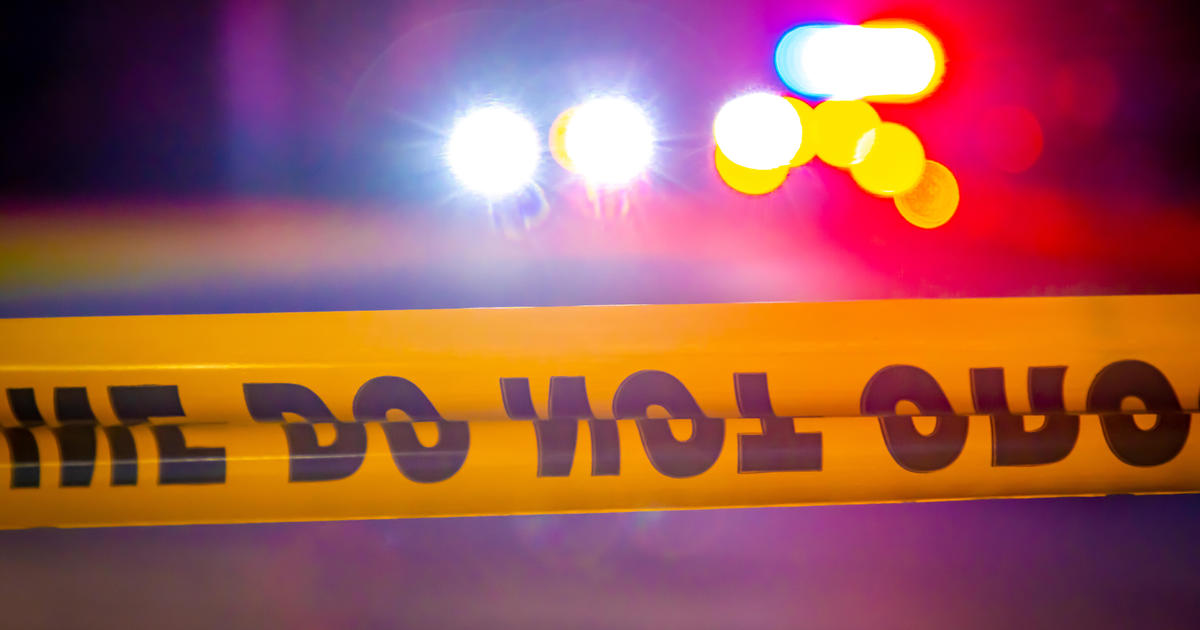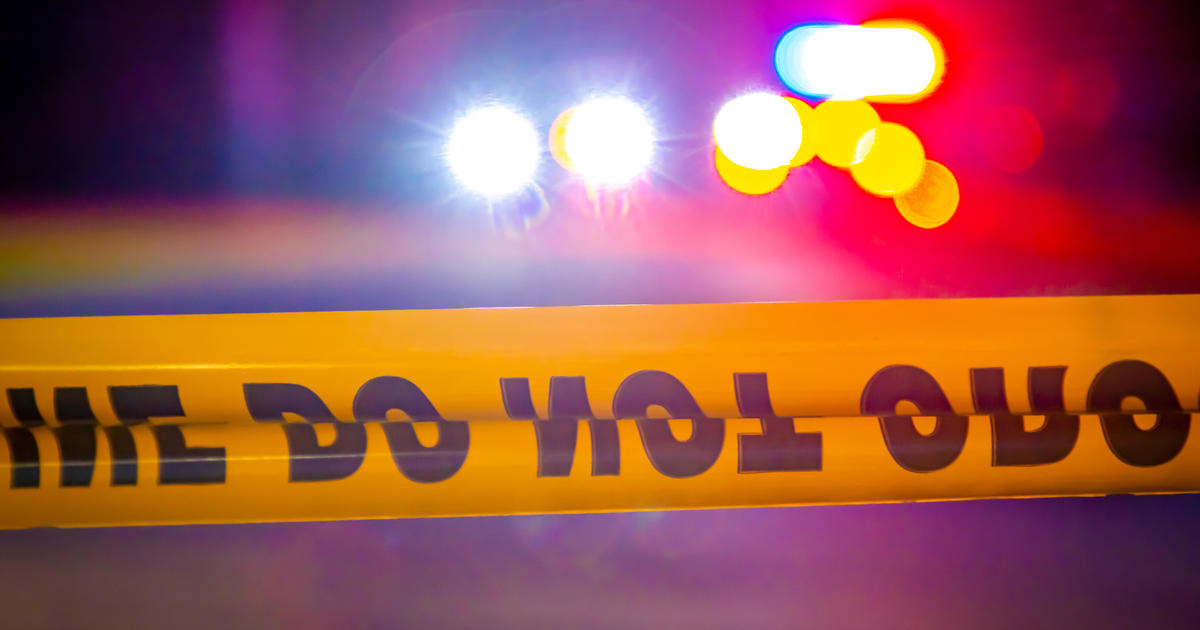Body Camera Footage Released From Fatal Police Shooting In Crofton
WARNING: The following article describes and links to graphic video that may be disturbing.
BALTIMORE (WJZ) -- The Maryland Attorney General's office has released police body camera footage from a deadly police shooting in Crofton last January
Dyonta Quarles Jr., 20, was fatally shot Jan. 30 by Anne Arundel County Police Officer First Class J. Ricci.
Anne Arundel County police said officers were dispatched to a home in the 900 block of Danville Court after a report of family violence. Quarles' mother called 911, saying she was having a dispute with her adult son, who would not allow her to leave a bedroom, authorities said.
After forcing entry into the home, officers went to an upstairs bedroom where they found the two. His mother left the bedroom before Quarles appeared to charge Ricci, who was outside of the room.
Police ordered Quarles to the ground, but a struggle ensued when officers tried to handcuff him. A stun was used on Quarles, but it had no effect.
Officers had Quarles pinned and were attempting to restrain him when Quarles bit down on Ricci's hand.
"He's biting my [expletive] finger off," Ricci said. "Shoot that [expletive]." Ricci said, before firing his gun at Quarles, striking him.
At least three gunshots can be heard in the footage. It is unclear how many times Quarles was struck.
Ricci reportedly suffered traumatic injuries in the struggle and allegedly was punched in the head and face multiple times. He told officers on the scene he was unable to feel his face, which was bloodied, and he appeared unable to walk.
For a moment, officers on the scene thought Ricci had been shot.
Ricci lost consciousness and was taken to an area trauma center in serious condition, the Attorney General's office said.
The remaining officials rendered first aid and CPR on Quarles until EMS arrived. Quarles was then pronounced dead.
The Independent Investigations Division of the AG's office, which investigates all deadly incidents involving police, delayed the release of the footage so that the unit could continue conducting interviews.
The Independent Investigations Division typically makes public body-worn camera footage within 14 days of an incident.



